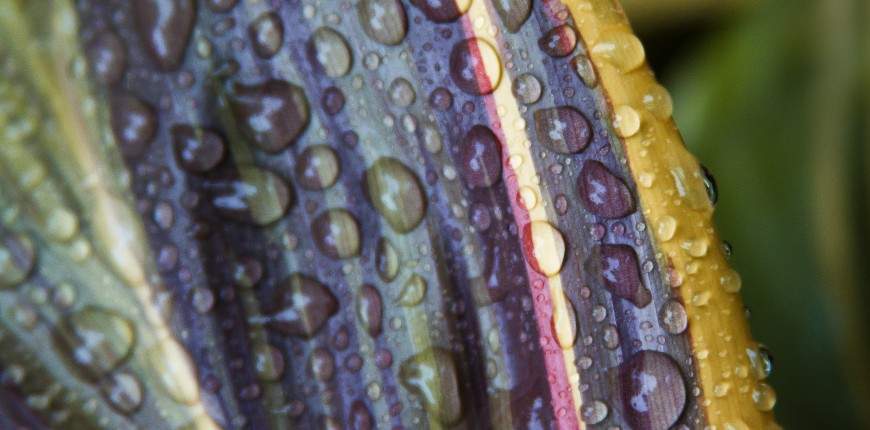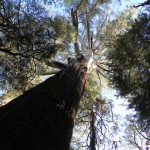A place to escape routine, explore, ‘muck around’. The outdoors. We feel how it enlivens us, yes. But it seems it can weave more magic than we know.
There is a plethora of proven benefits we gain from being outdoors. Just for starters, the physical activity out in nature yields strong psychological benefits like lowering blood pressure and reducing the body’s stress levels. But what about cognitive benefits, like concentration levels and self-discipline?
Nature and our ability to concentrate
The outdoors is a rich and complex experience which appeals to all of our senses, Environmental Psychologist Kathleen Bagot explains to me.
Our capacity to ‘direct attention’ comes down to shutting out distracting or irrelevant stimuli, letting the ‘right’ information be pulled-in from around us. But this directing of attention – ‘grabbing only the good stuff’ – needs effort. So restoring our ‘attention-capacity’ is crucial, Dr Bagot explains. It gives us the ability to concentrate – crucial in everyday tasks and life effectiveness. Enter ‘green-power’ for our brain.
Attention Restoration Theory (ART) asserts that people can concentrate better after spending time in nature, or even looking at scenes of nature.
Restoring our attention capacity is crucial, and restorative experiences can be ‘anything and everything,’ Dr Bagot says. But an environment or activity needs four features (being away, extent, fascination and compatibility) to enable it to fully restore our attention, Dr Bagot explains, even though partial-restoration can start with just one feature, like just being away from chores or work. “Green-space is more effective – and efficient – in restoring our ability to pay attention than any other environment or activity,” Dr Bagot explains. Other leisure activities do bring the brain back to relaxation but not to the vital ‘resting level’.
“It’s not that the built environment is bad, it’s the absence of nature that is,” Dr Bagot says. Yet people are more inclined to suggest others to go out in nature, than to do it themselves, because it is effortful. Adults surveyed commonly advised a walk in the local park as a pick-up for a tired friend, yet for their own ‘restoration’, said they would go to dinner or watch a movie.
There seems to be a widening gap in our lives between what we have to do, and what we want to do, Dr Bagot says. “I ask people to just give it a go – two or three times a week go for a walk in the bush or just anywhere outside each day, for two weeks,” she says. “They’ll tell me they feel fantastic, so I tell them to ‘remember the feeling, so the next time you are sitting on the couch ready to watch TV, remember you can actually walk around the neighbourhood, or pack an afternoon tea and stop somewhere on the way home!’” “Sometimes it is a case of putting on another pair of socks or a raincoat and just getting out there.”
Screen and green
Richard Louv, author of The Nature Principle, says the future belongs to those who are nature-smart and can combine access to technology with the restorative power of nature. “The more high-tech we become, the more nature we need,” Louv says. Read more in an article aboutrefreshing our screen-soaked minds.







3 Comments
JD Thompson says:
February 28, 2017 at 9:51 am
An interesting topic,enjoyed the article for sure
Team Tascon says:
February 28, 2017 at 9:54 am
ART theory, interesting, where did this come from?
Amone B says:
February 28, 2017 at 9:56 am
Thanks for info wordbalance